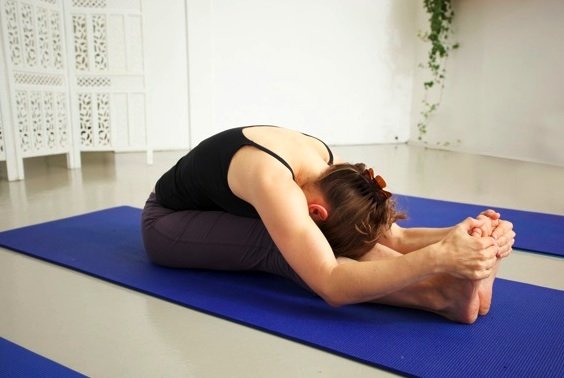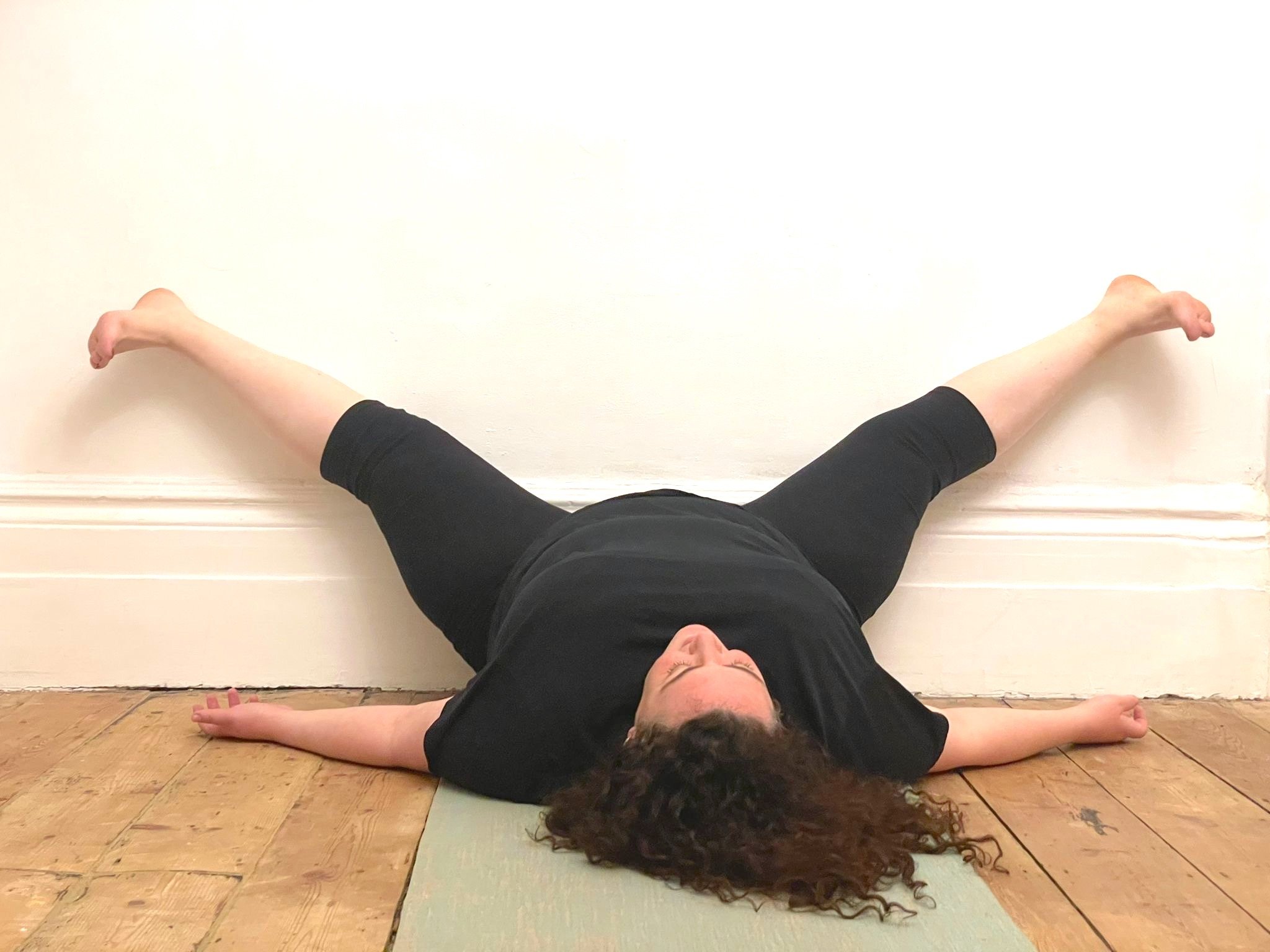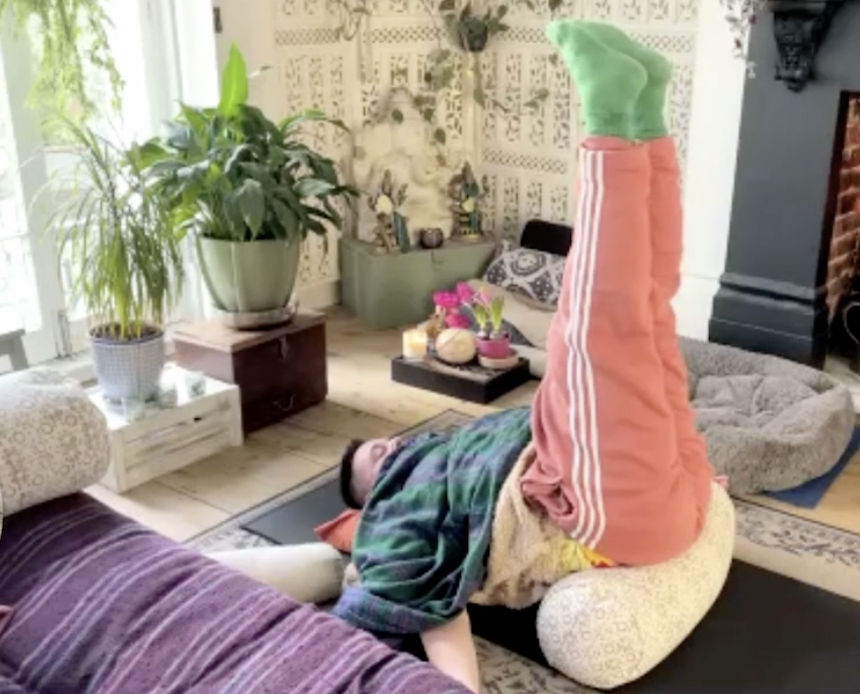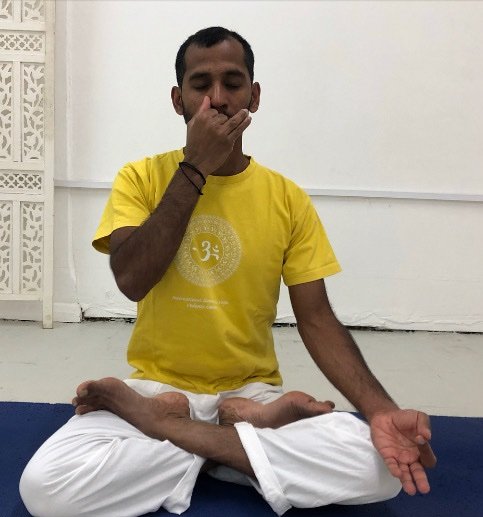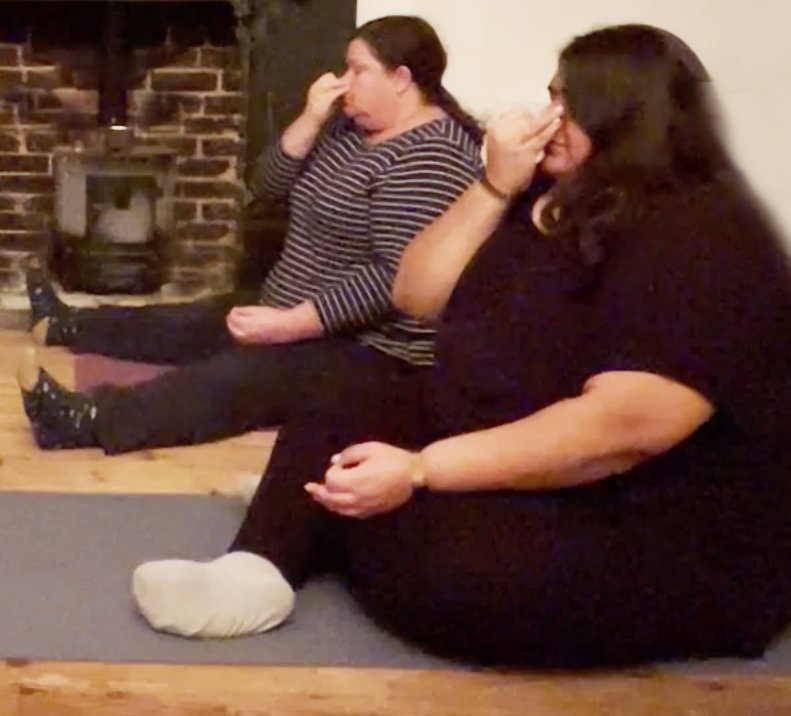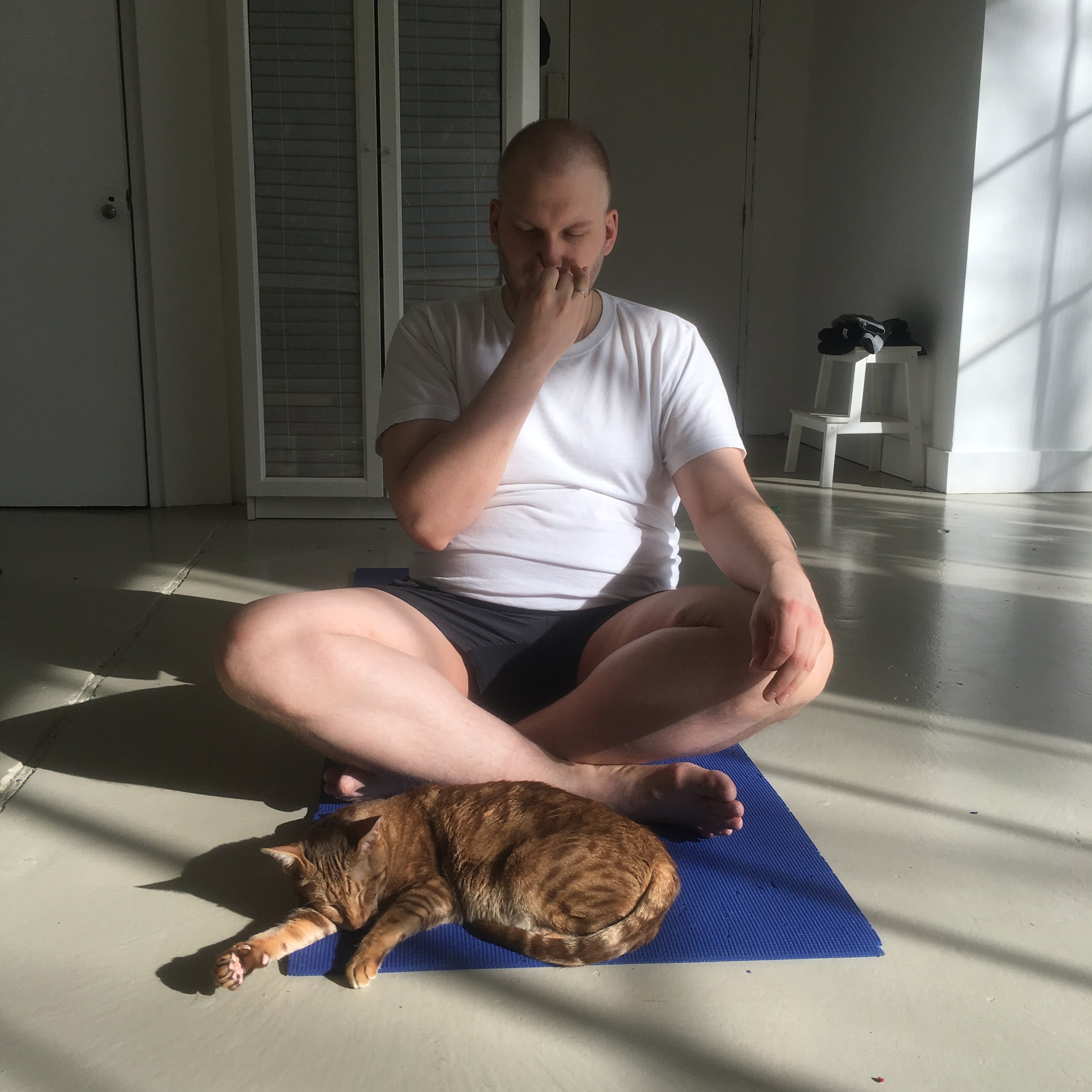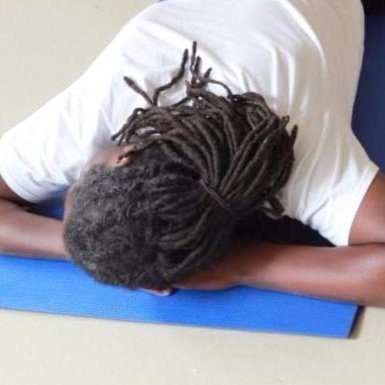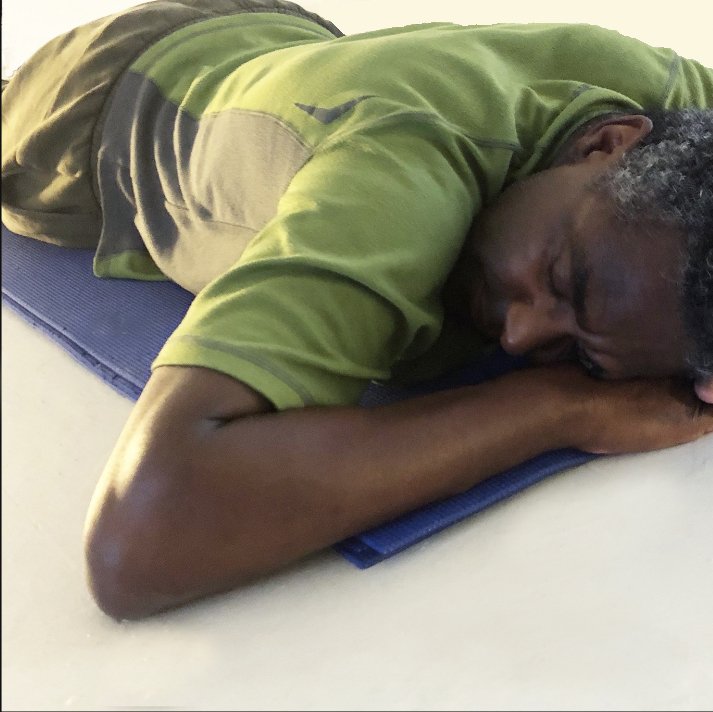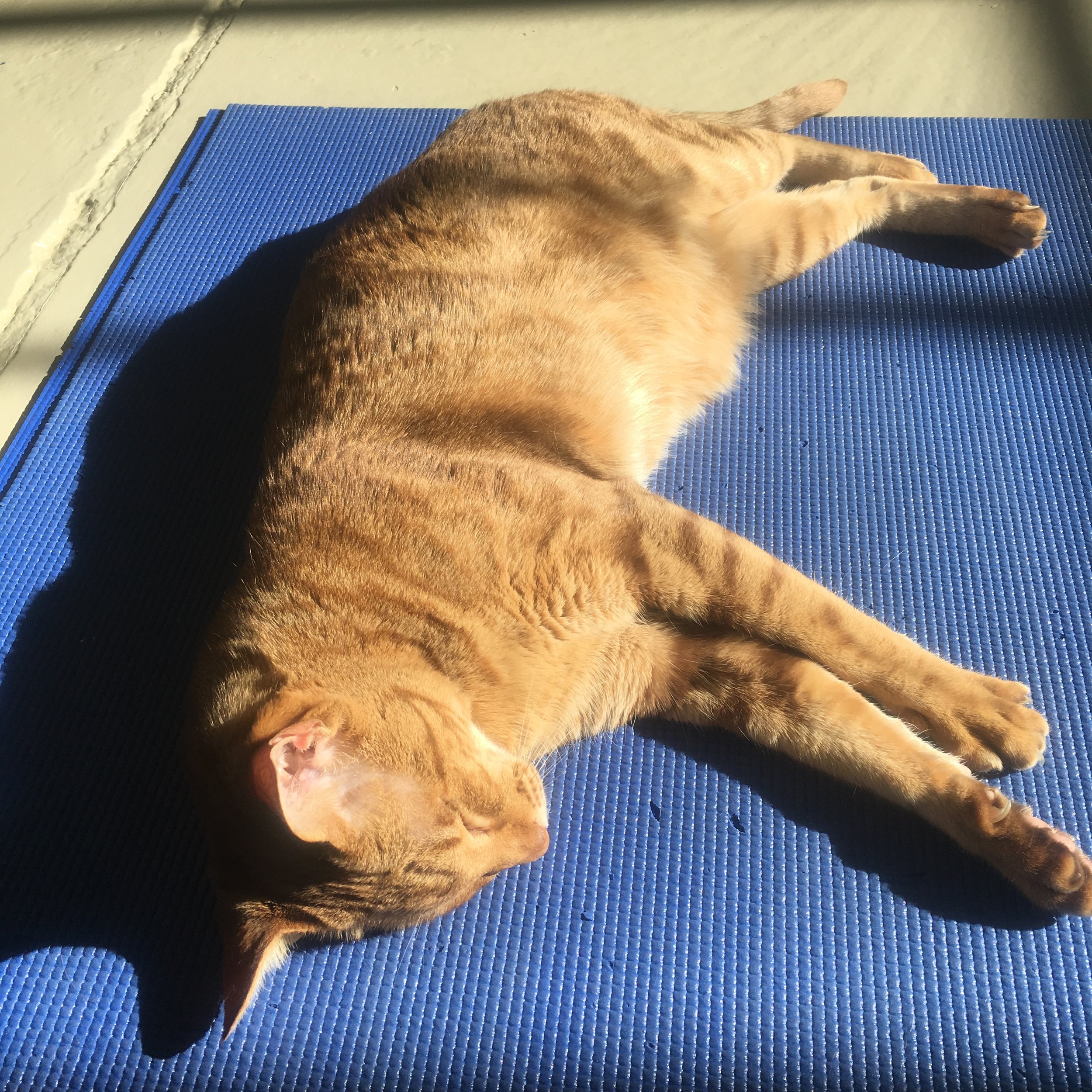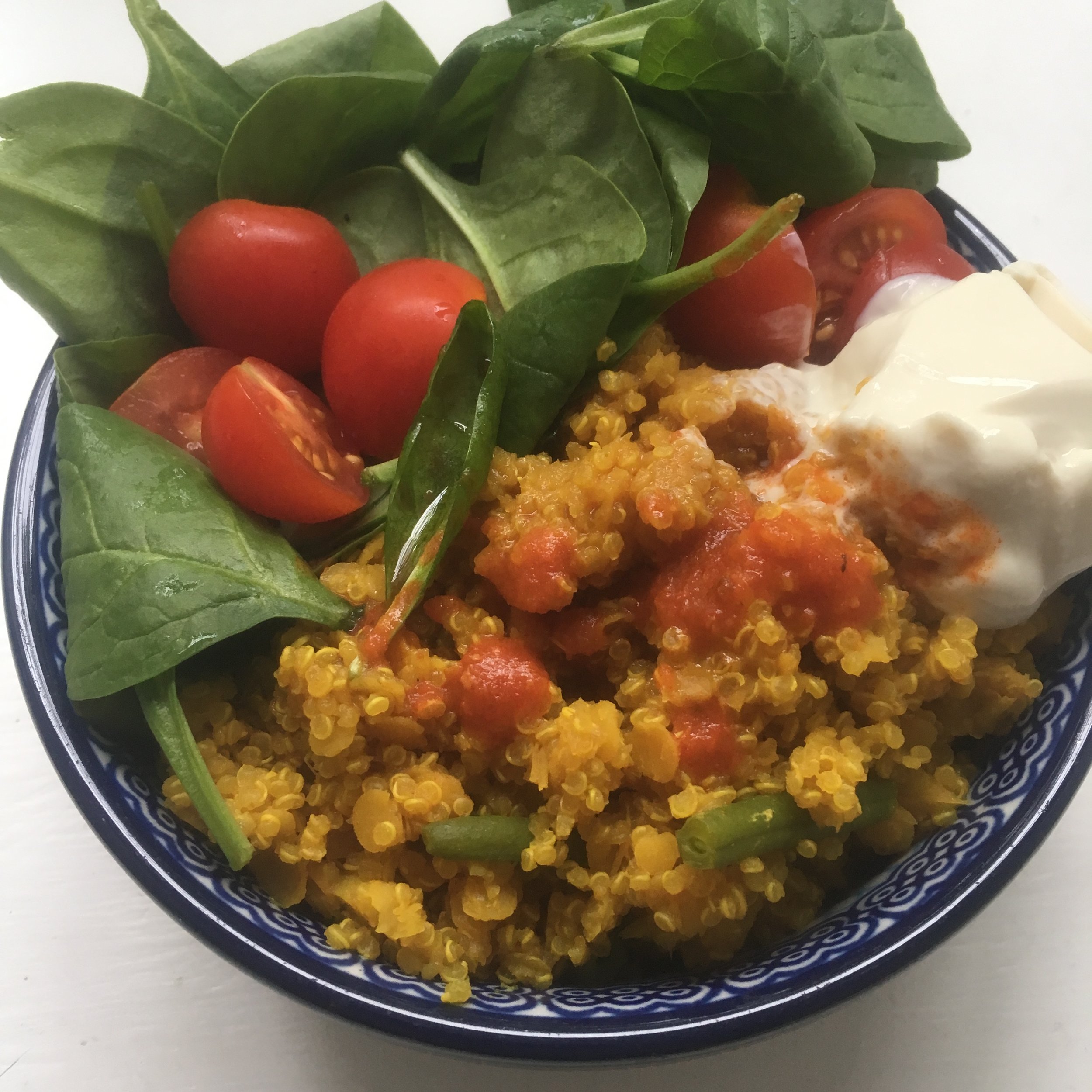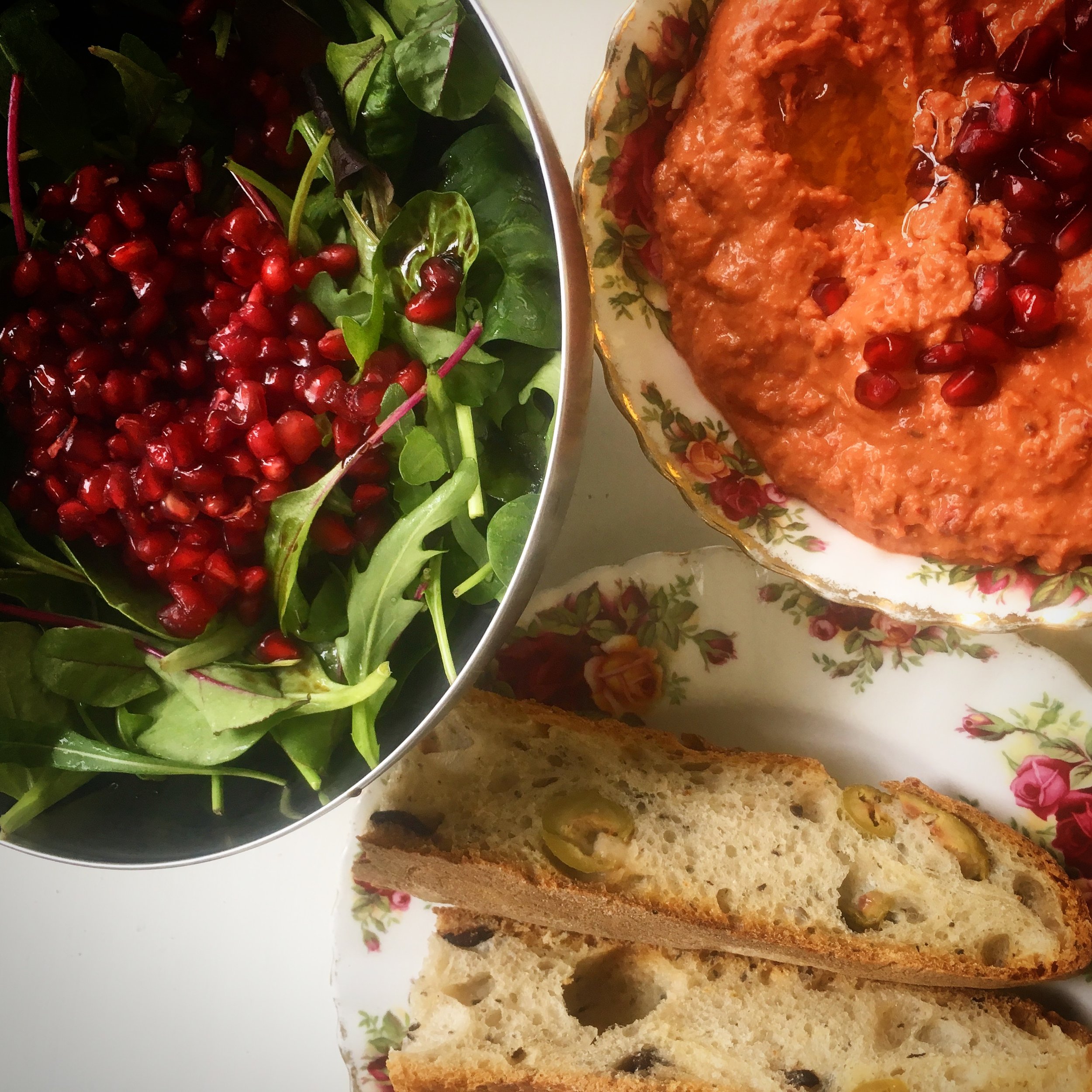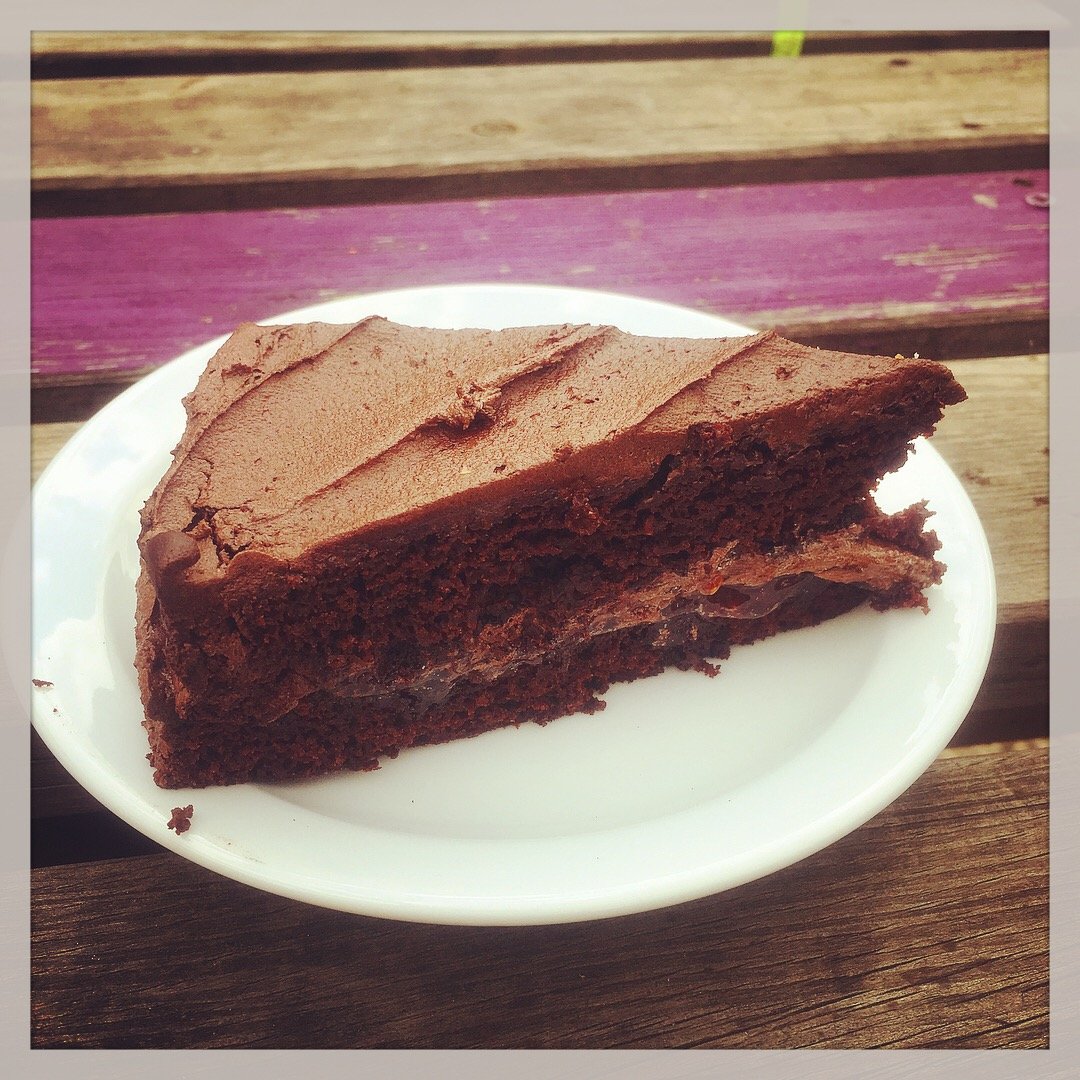The Five Points of Yoga
It is important to know that Yoga is so much more than just a sequence of physical exercises. Yoga is a profound in-depth practice, with spiritual and cultural roots in South Asia. Studying yoga in-depth introduces us to a myriad of practices that support spiritual growth and profound well-being. The yogic texts present us with life tools including suggested ethical practices, philosophy, meditation, as well as the breathing practices and physical poses that we might explore in a our yoga classes. The Sivananda school of yoga encapsulates the main essence of the yogic teachings into five points:
Proper Exercise (Asana)
Proper Breathing (Pranayama)
Proper Relaxation
Heathy Eating
Positive Thinking & Meditation
1. Proper Exercise
The Yoga Postures
A yoga posture is called an ‘Asana’ or steady pose. The Yoga Asanas are meant to be approached in a steady, relaxed and comfortable way. Learning to breathe slowly, comfortably and deeply and to truly relax in a physical pose takes time and practice.
The Benefits of Practicing Hatha Yoga
In yoga the body is regarded as a vehicle for the soul on its journey towards self-realisation. So whilst the yogic practices do have a wonderfully health enhancing impact on the body they also work on the more subtle aspects of energy, mind and soul as well.
2. Proper Breathing
Why practice breathing?
The yoga scriptures teach that the mind, thoughts and emotions are intricately linked to the breath. If we can control our breath we can control our own minds and vice versa.
The problem with shallow breath
Many of us only use a small amount of our lung capacity for breathing. When we first start to focus on how we breathe we can realise that our breath is shallow, and that we are barely expanding our ribcage. We may find our shoulders are a bit rounded forward and we have tension in our backs and necks. Shallow breathing can support and maintain emotional disconnection just as deeper breathing might help us to release stuck energy and old emotional blocks, maybe even helping us to feel more expansive and free.
The yogic breathing practices are referred to as Pranayama. Prana means energy, Yama means ‘reigning in’ or control. By learning to control our breath we are also learning to control and direct the flow of subtle energy.
Learning to breath deeply and with control can give us more control over the parasympathetic nervous system and our our ability to rest and relax and guide ourselves away from habitual fight/flight stress responses.
3. Proper Relaxation
Why practice relaxation?
When the body and the mind are consistently overworked, our natural efficiency to thrive diminishes.
With our busy lifestyles even our relaxation choices can actually still be quite stimulating. Many of us have quite fast paced dynamic lifestyles and have even forgotten that we need to relax and recharge at all even while trying to rest, much of our energy is often spent keeping the muscles in continual readiness for activity even when we are trying to wind down. We can find ourselves unable to let go of tension physically or mentally. Overtime the inability to relax properly can create stress disorders, illness, fatigue, and physical and mental burnout.
A yoga practitioner aims to experience relaxation in every action. Being able to approach life from a position of calm relaxation is a practice developed through yoga. In a Sivananda yoga class we practice relaxation in every asana, throughout the breathing exercises and we always close the class with a deep guided relaxation practice.
4. Healthy Eating
The Yogic Diet
Many of us sense that something about the way we approach eating doesn’t support us in our daily lives.
Our energy can feel sluggish and our minds foggy and our digestive systems can be really challenged. We can find ourselves bloated or constipated or suffering from irritable bowl and other digestive disorders.
Finding Balance
Yoga is a practice of finding balance. ‘A Yogic Diet’ simply means finding a balanced, enjoyable and intuitive way of eating that fully supports a comfortable body and mind. Note: It has nothing to do with weight!
Yoga teaches that there are three ways the energy in our mind/body expresses itself, tamas rajas and sattva. Tamas describes a heavy and stuck energy state, rajas an agitated, undirected, energy state, and sattva that state when energy is steady and flowing and when the mind is clear and the body feels naturally energised. The yogic scriptures suggest that foods and our attitudes to eating can have these same qualities so we gear ourselves towards a sattvic relationship to foods and ways of consuming, to stimulate a sattvic, free flow of clear energy movement in our bodies and minds.
5. Meditation & Positive Thinking
About Meditation
Meditation is an experience, a state of mind. We practice deep inner concentration and awareness in an effort to experience inner stillness, peace and silence. We use yogic techniques of withdrawal of the senses and creating inner concentration points to still the thought waves and to anchor the concentration of the mind within.
A regular concentration practice can help us to develop more control of our own thoughts. Stilling our noisy inner dialogues even momentarily can generate feelings and experiences of stillness, calm and peacefulness making it a very useful tool in the battle against stress and stress-related disorders.
Taking a short time out to simply ‘be’ encourages deep-relaxation and restoration.
About Positive Thinking
The mind is a vast expanse of conscious and unconscious thought.
We generally tend to use only a fraction of our mental capacity and often we can get stuck in very limited ways of thinking. Unconscious patterns of thought can hugely impact on our state of mind, mental and physical health, and emotional well being. Unlike Western studies of the mind, yoga focusses not on what constitutes mental illness, but on what constitutes and supports mental health.
Techniques of thinking are taught in yoga to help us shift from old worn out habitual modes of thinking to more free and radical thinking, with ways of focusing the mind towards freedom, expansion and joy
The benefits of practicing Sivananda yoga regularly
In classical yoga the body is regarded as a vehicle for the soul on its journey towards self-realisation, so the yogic practices have both a health enhancing impact on the body, as well as strengthening and nurturing the mind and spirit as well
The benefits of a regularly maintained Sivananda Hatha Yoga practice are innumerable. For optimum benefits we recommend practicing very regularly at least 2-3 times per week sustained over a period of 2-3 years and longer, but some of these positive experiences and responses to the practice can happen almost immediately with just 1 class per week.
Try yoga to support you with:
giving up smoking
combatting stress related conditions
anxiety and depression
body image
your recovery process from addiction
reducing insomnia
PTSD
M.E., chronic fatigue, fibromyalgia, long covid
Stress reduction
Hormonal imbalances
The physical benefits of a regular practice can include:
an inner glowing feeling of general good health and well-being
more mobility for the spine
more comfort in the muscles and joints
increased lubrication of the joints, ligaments and tendons so freer movement
massage and stimulation of the internal organs
improved metabolism, keeps the energy flowing
a vigorous digestive system, keeps the toilet routine regular and jolly
strengthening the immune system, stay healthy
help in balancing the nervous system
support for the cardiovascular system
Regularly practicing yoga can help to:
generate an experience of lightness and agility in the body
reduce muscular tension
loosen tight muscles
relieve back and neck pain
develop core stability & strength
increase flexibility
support body alignment and posture
improve balance
Yoga can also help us mentally to:
concentrate and focus
increase mental flexibility
reduce stress
increase energy levels
nurture a more flexible mental attitude
balance left and right brain activity
increase creative thinking
increase self-awareness
improve self-confidence
encourage spiritual awareness
develop mind-body-soul connection
increase joy-de-vivre
increase feelings of inner stability
bring about a sense of contentment & peace of mind
The Benefits of a regularly maintained Sivananda Hatha Yoga practice are innumerable. They may include:
General good health and well-being
A healthy spinal column, muscles and joints
Increased lubrication of the joints ligaments and tendons
Massage and stimulation of the internal organs
Reduced muscle tension
Relief from aching and tight muscles
Relief from back and neck pain
Development of core stability & strength
Increased flexibility
Better body posture
Help in the prevention of RSI
A strong metabolism
A strong immune system
A strong nervous system
Improved sense of balance
Improved concentration and focus
Mental flexibility
Reduced mental stress
Increased energy levels
A more positive mental attitude
Balanced left and right brain activity
Increased creative thinking
Increased self-awareness
More self-confidence
Increased spiritual awareness
Mind Body Soul connection
Increased joy-de-vivre
Feelings of inner stability, contentment & peace of mind



